
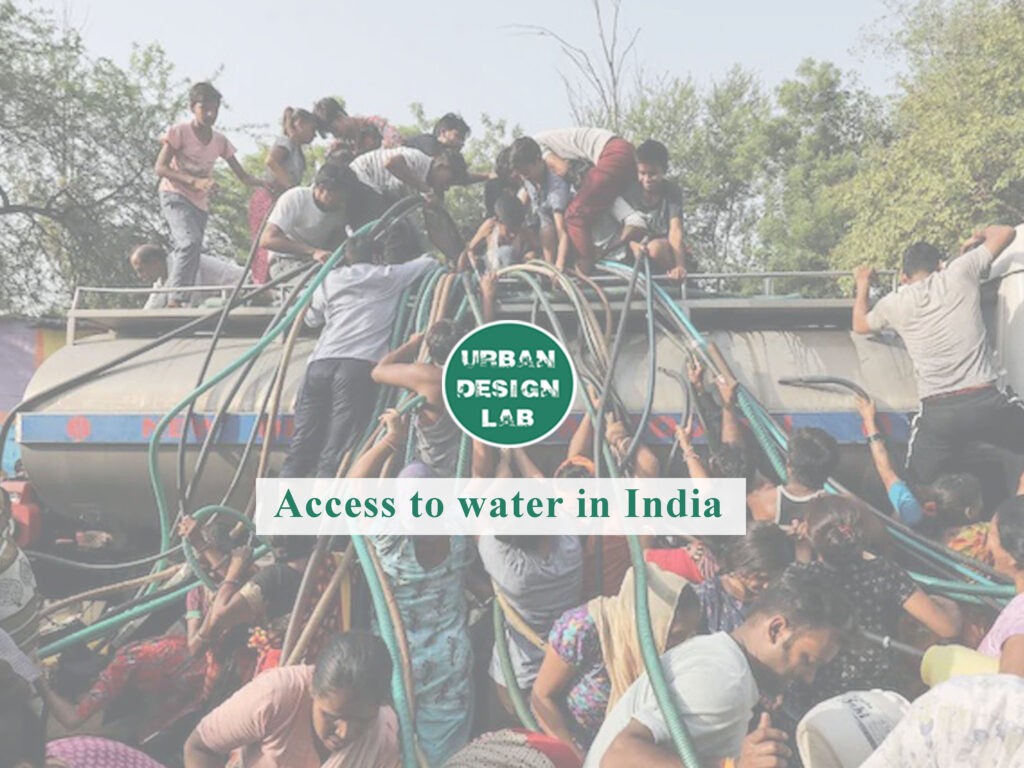
1. Overview of global scenario around water
a. Modern neglect for our relationship with nature
More than 70 percent of Earth’s surface is covered in water, yet lack of access to clean water is one of the most pressing challenges of our time. As of 2015, 29 percent of people globally suffer from lack of access to safely managed drinking water. More than double that number are at risk for water contamination from improper wastewater management. Poor water quality affects various aspects of society, from the spread of disease to crop growth to infant mortality. In some regions of the world, lack of sanitation infrastructure, water treatment facilities, or sanitary latrines lead to dire clean water crises.
2. There is a demand and there is a supply, just there isn't enough of it !
The World Health Organization (WHO) has declared that a country with 1,700 cubic meters of water per person is water stressed, which makes India a moderately high water stressed country. The growth of the country’s population has been faster than replenishment of water sources, and is a major cause of concern for India. But excessive usage is not the only reason why India’s water scarcity today has reached a crisis point, indiscriminate pollution and contamination are making significant contributions to the gloom and doom of India’s water scenario.
2 billion people lack access to safely managed drinking water at home. Of those, 1.2 billion people have basic drinking water service. 8 out 10 people who continue to lack basic drinking water services live in rural areas. India’s water crisis is constant. Although India has 16 per cent of the world’s population, the country possesses only four per cent of the world’s freshwater resources. India is water-stressed due to changing weather patterns and repeated droughts. And the worst sufferers of this crisis are mostly women.
3. Vulnerabilities causing water crises
a. Polluted water sources
Polluted water is a liability as it cannot be used for either consumption purposes or utilization in the industrial sector. Eighty per cent sewage in India flows into the country’s water bodies, which still contribute 15 to 20 percent of the country’s drinking water. Pollutants also seep into groundwater, which is still the source of 80 percent of the country’s drinking water.
a.1. River system pollution
Rivers in India are heavily polluted and have suffered from pollution from multiple sources. In 2018, the Union government said that 275 of India’s 445 river stretches are polluted. Water from these river stretches were reported to be unfit for consumption and were heavily laden with bacteria and pollutants like zinc and lead.
a.2. Lake system pollution
India’s lakes are in a worse situation than rivers. Urbanization has had little regard for lakes and waste of every type is dumped in some of the major lakes in India, from Dal in Kashmir to Bellandur in Bengaluru. Industries in major cities like Bengaluru, Mumbai, Hyderabad, Chandigarh, Srinagar and others discharge sewage water in their lakes.
a.3. Groundwater pollution
Groundwater accounts for 80 per cent of drinking water in India. With 30 million groundwater extraction points in the form of tubewells, borewells and pumping stations across the country, groundwater forms much of India’s lifeline. In 2018, at least 19 of India’s 29 states reported depletion and pollution in groundwater, as per the Central Ground Water Board. The common causes identified for contaminated groundwater were pollutants seeping into groundwater, originating from sewage, garbage and industrial discharge, as well as pesticides in agricultural areas. Critical contamination has been detected in 839 of 5,723 groundwater blocks across the country.
b. Rising global temparature
Climate change is altering global weather patterns, with devastating consequences for some subsistence farmers, whose livelihoods depend on successfully harvesting crops. Rising temperatures increase the severity and frequency of droughts, as well as other extreme weather events like floods, tropical cyclones and dust storms. Urgent action is needed to reduce greenhouse gas emissions and keep global temperatures well below the 2℃ target set by the Paris Agreement, which would help the plight of India’s farmers and population as a whole.
4. Consequences of the imminent crisis
a. Forced migration
One of the worst water scarcity affected regions in the country surrounds the town of Beed, in the western state of Maharashtra. Here, villages lay deserted as drinking water has run out and there is no water to wash clothes and dishes or flush toilets, forcing residents to flee. Prolonged extreme heat has devastated the crops that form the backbone of local agricultural economies. Helpless farmers have little option but to leave maise, soya, sweet limes, and ground nuts withering in the fields. And livestock fare little better, with goats and sheep starving from lack of food and water.
b. Forced migration
Many wealthy Indians from megacities retreat to the usually cool hills of Himachal Pradesh to avoid the summer heat, but even in this summer retreat temperatures have reached nearly 45℃. this has put immense pressure on the existing local water resources of the area and the local working populationis facing a huge water scarcity issue due to over crowding of tourists during active seasons. This poses as a dilemma for the local population as they depend majorly on the incoming tourism the year round.
c. Buying water
For those who can afford to pay for water that’s trucked in daily, there is some respite. Tanks arrive every few days with emergency supplies, but there are not enough to go round. But this water is taken from the bottom of muddy dams and lakes, which is often contaminated and can cause gastrointestinal diseases.
d. Emerging diseases and other health issues
If surface water is contaminated with untreated effluent, farmers use this for irrigation. The farmer is exposed to all contaminants and is likely to experience diarrhoea, bronchitis, skin diseases, eye irritation etc. The contaminants enter the soil, the biomass and thus enter the food chain. The entire food chain is contaminated because of this untreated effluent.
5. Addressing the crisis - Taking action
a. Engineering solutions
Today’s entrepreneurial scenario brings in a lot of talented startups of Indian origin and operation to fight the water crisis through various technological problem-solving methods. From private companies such as the Piramal Foundation in 2008, which started Sarvajal, which means “Water for All” as a pilot project in Rajasthan which aimed to provide affordable safe drinking water through the introduction of solar-powered, cloud-connected filtration pods coming together in a concept of ‘Water ATMs’. This was also adopted by Swajal water ATMs which focused more into the commercial and hospitality industries.
Other engineered products such as ‘Indra’ are essentially solving the toughest water management, treatment and process challenges in India. They work on smart and decentralized water treatment systems by leveraging the technology essentially enabling to recycle the toughest wastewater and effluents in the industries which produce harmful effluents. This approach can immensely help the industries to curb their effluent discharge in the natural water sources and help lower the contamination levels.
As fetching water being the biggest challenge in rural India it compels especially women folk to travel kilometres before they can find any. Companies like Indiabulls Foundation ans startups such as ‘Wells on Wheels’ (WOW) have aptly addressed the dire need of helping women and children to fetch water easily. Water wheel, a cylindrical drum, can hold over 45 litres of water and can be rolled on the ground, eliminating the physical strain of carrying water containers.
b. Policy based action
In 2019, the Ministry of Drinking Water and Sanitation (MDWS) was restructured under a new ministerial organogram, under which the MDWS’s mandate became one of two pillars under a new ministry named Jal Shakti (meaning “power of water”). The Ministry of Jal Shakti launched “Swajal” as a pilot project that is designed as a demand-driven programme involving the community to provide sustainable access to safe drinking water to people in rural areas. The Swajal programme is empowering communities to plan, design, implement and monitor single village drinking water supply schemes, and organize community ownership for operation and maintenance. This Programme has helped in prioritizing integrated water safety planning, behaviour change and community participation in most deprived aspirational districts, and Water Quality Monitoring (WQM). This contributed to achieving 18.6 million people gaining access to safe drinking water.
c. Engaging social action
Several communities are currently implementing more equitable and inclusive community-led total sanitation (CLTS) and WASH programmes through the Gram Panchayat Water Sanitation Committees, designed to provide adequate, accessible and sustainable solutions for those in need. Involving women in designing, planning and implementing WASH programmes will socially include them and ensure gender equality, which will help them in decision-making: To deal with school dropouts, improve literacy and health outcomes. Collaborative initiatives between private and public parties like the Tata Water Mission aims to improve the quality of life of rural underserved communities by providing them safe, assured and adequate drinking water, improving sanitation and hygiene services and ensuring year-round availability of water.
6. Water Security is of utmost priority
Water harvesting through surface water bodies, including rejevenation of lakes and re-establishing interconnectivity, as well as rain water harvesting and ground water recharging.
Treatment and reuse of sewage through complete removal of chemical contaminants, by adopting decentralised treatment plants.
Removal of encroachment lakes, rivers and lake/river beds. Also, maintaining a good buffer region around the water bodies with appropriate vegetation cover
Wetland rejuvenation and creation with native vegetation typologies and regular harvesting of macrophytes (aquatic plants) which help in phytoremediation.
Policies must be employed to encourage monitoring and analysis of health of the varied water resources which willl help establish a strong management information system using real-time IOT platform.
References
https://www.unicef.org/india/what-we-do/clean-drinking-water
https://www.weforum.org/agenda/2019/06/this-city-in-india-is-running-out-of-water/
https://www.indiawaterportal.org/articles/deepor-beel-entangled-net-dangers
https://www.weforum.org/agenda/2019/06/water-scarcity-refugee-crisis-tech-solve-it/
https://www.bbc.com/news/world-asia-india-49232374
https://idronline.org/what-is-the-price-of-water-in-the-city-of-mumbai/
https://www.circleofblue.org/2018/india/toxic-water-toxic-crops-indias-public-health-time-bomb/
https://www.downtoearth.org.in/blog/water/india-s-water-crisis-it-is-most-acute-for-women-78472
https://yourstory.com/socialstory/2022/03/indian-startups-aiming-to-solve-water-crisis/amp
https://www.jalbharat.com/5-indian-water-startups-that-are-using-iot-to-conserve-water/
https://www.tata.com/newsroom/community/tata-water-mission-trusts
About the Author
Anubhav Borgohain is an architect/urban designer working in the field of urban research, specializing in resilience urbanism. He has recently worked on the ‘Rising water, Safer Shores, the BReUCom project with the Faculty of Geo-Information Science and Earth Observation- ITC University of Twente, focusing on dissemination of urban flooding preparedness through game development. Apart from research, his other interests lie in digital art making, bird-watching and farming.
Related articles

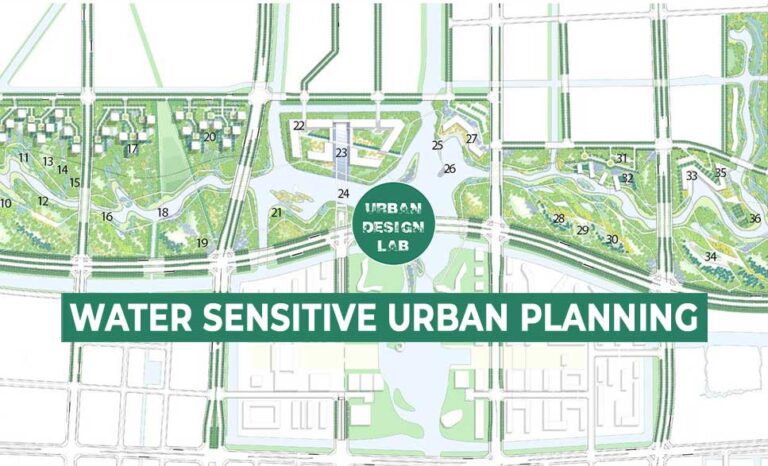
Water Sensitive Urban Planning Case Studies
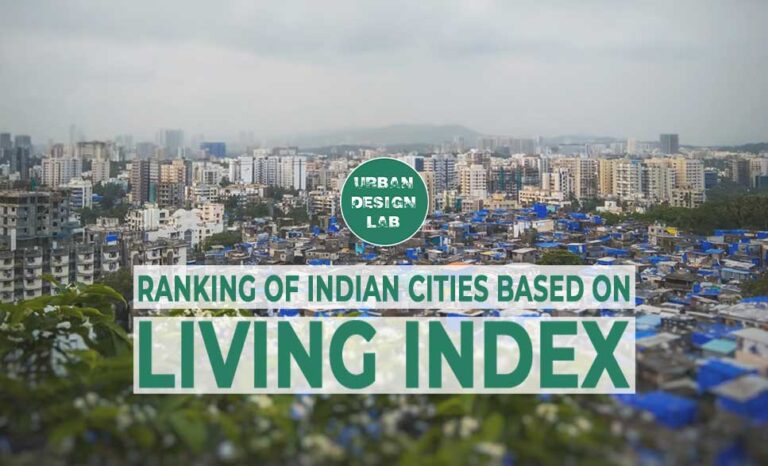
Ranking of Indian cities based on Living Index
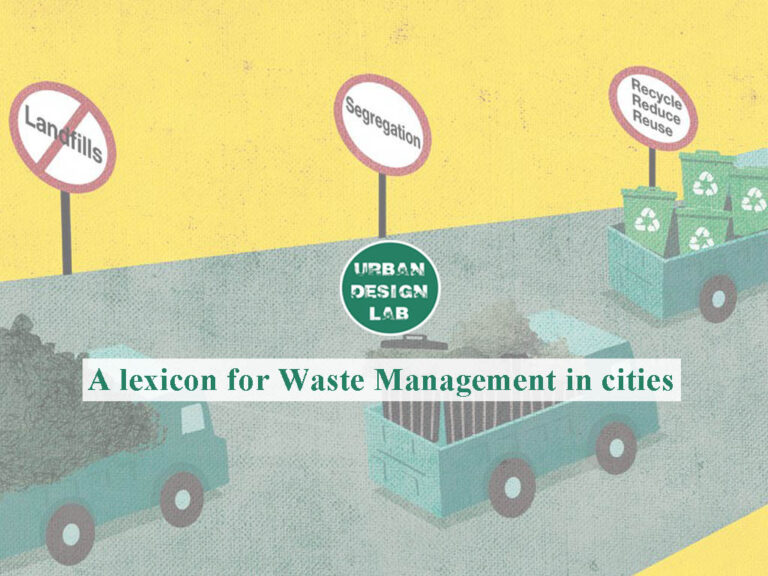

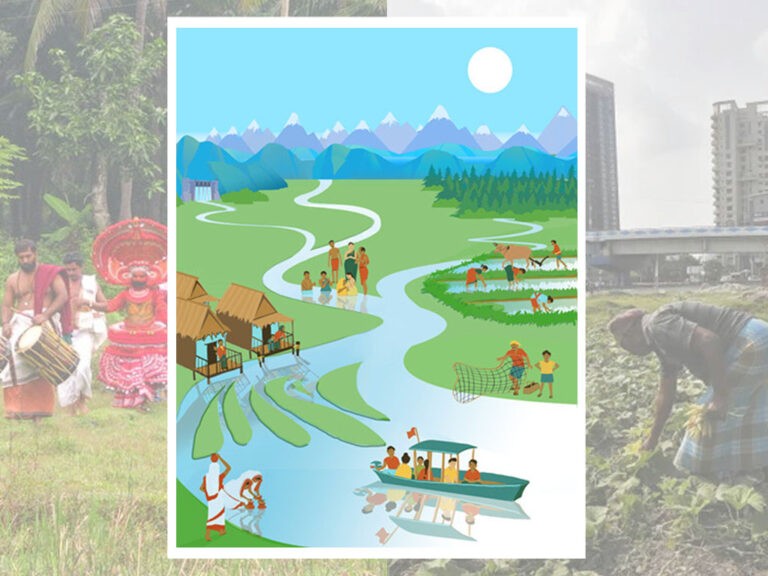
10 ways to identify Socio-Ecological Heritage in India
5-Days UDL GIS
Masterclass
GIS Made Easy – Learn to Map, Analyse, and Transform Urban Futures
Session Dates
14th-18th July 2025

Free E-Book
From thesis to Portfolio
A Guide to Convert Academic Work into a Professional Portfolio”
Recent Posts
- Article Posted:
- Article Posted:
- Article Posted:
- Article Posted:
- Article Posted:
- Article Posted:
- Article Posted:
- Article Posted:
- Article Posted:
- Article Posted:
- Article Posted:
- Article Posted:
- Article Posted:
Sign up for our Newsletter
“Let’s explore the new avenues of Urban environment together “













































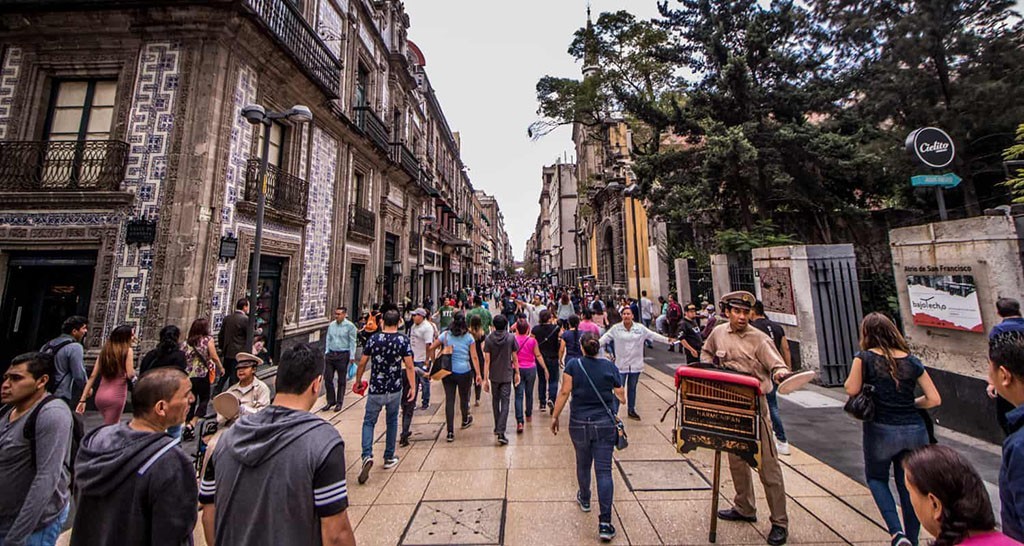


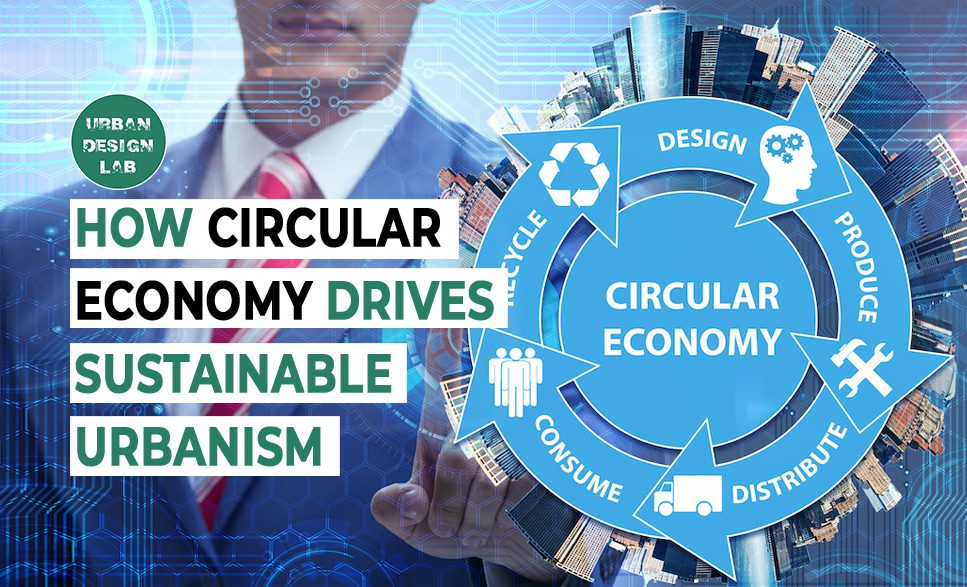
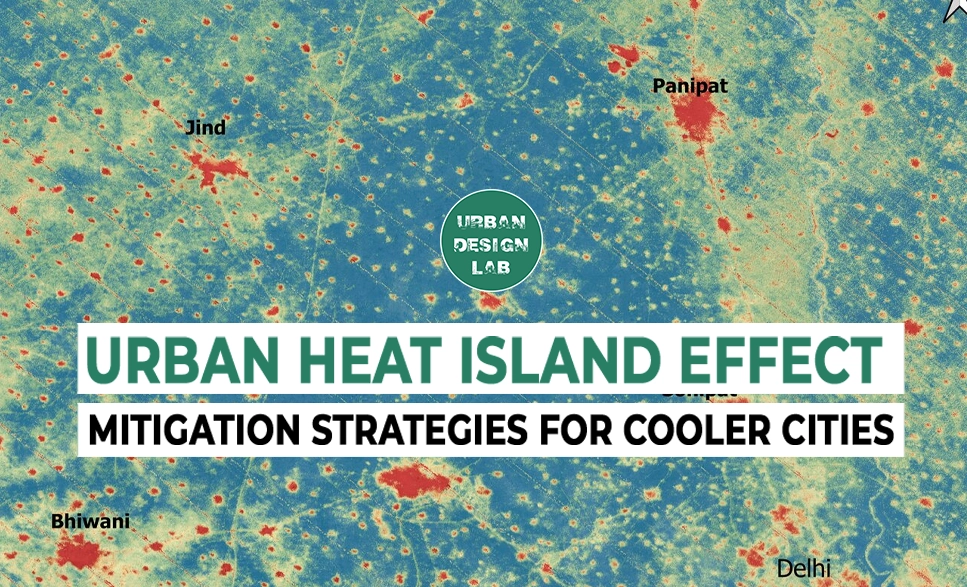





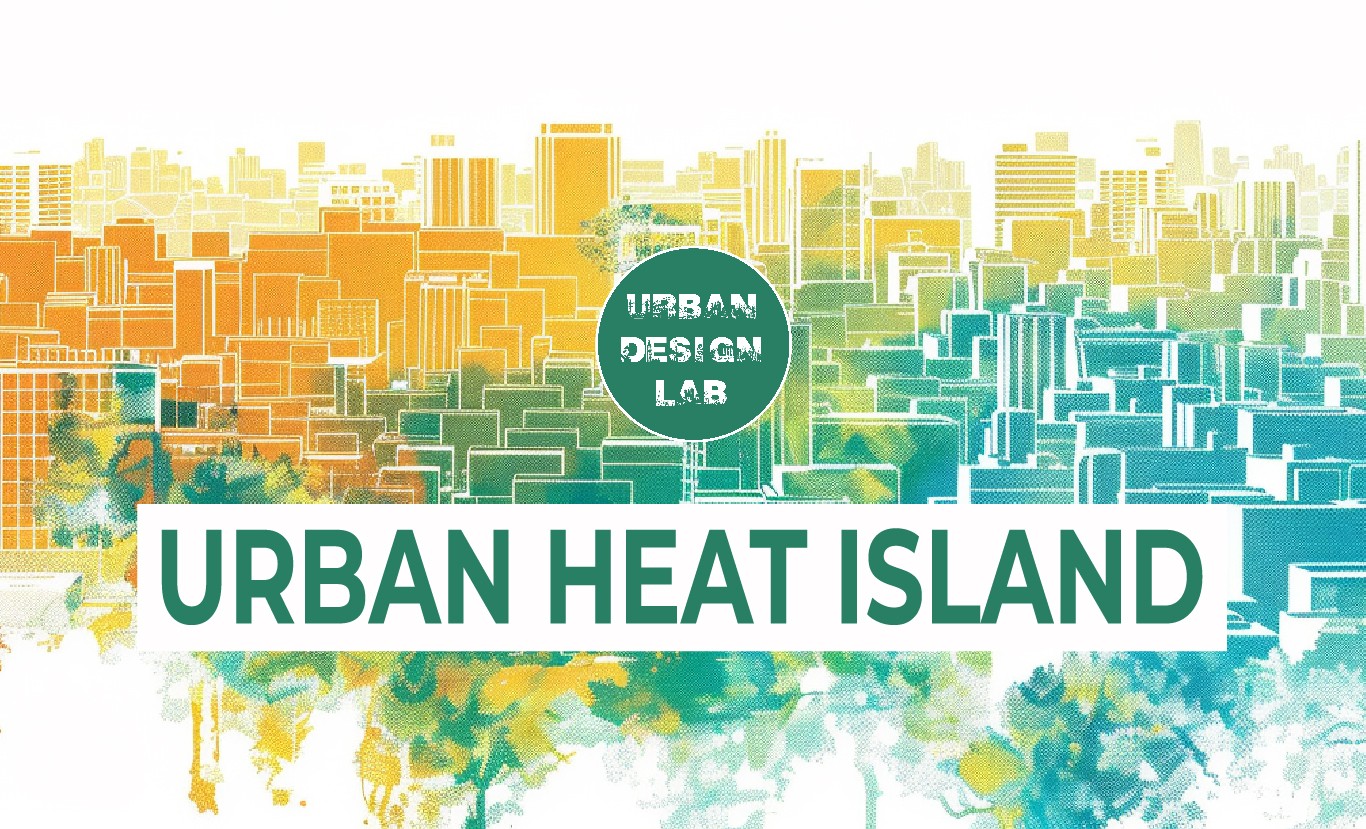


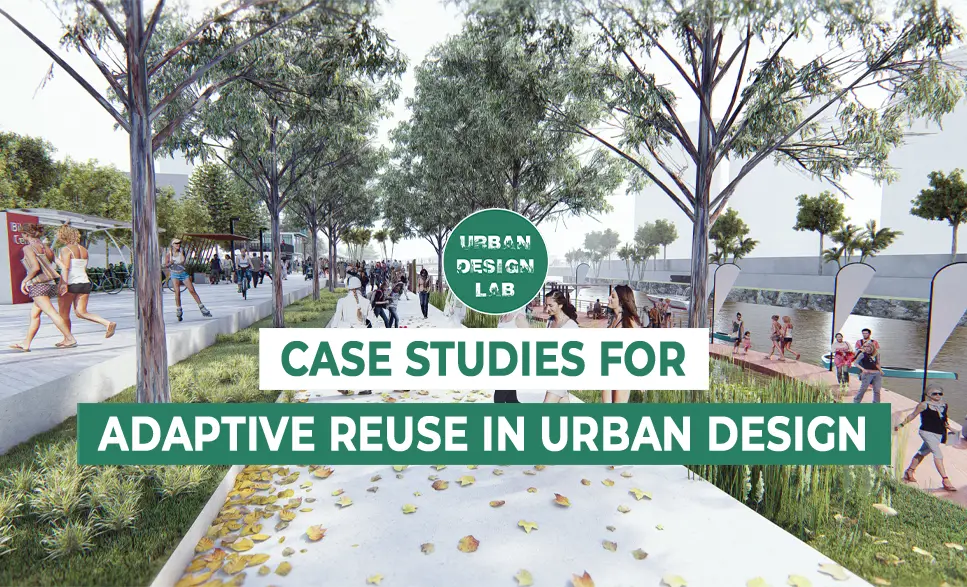
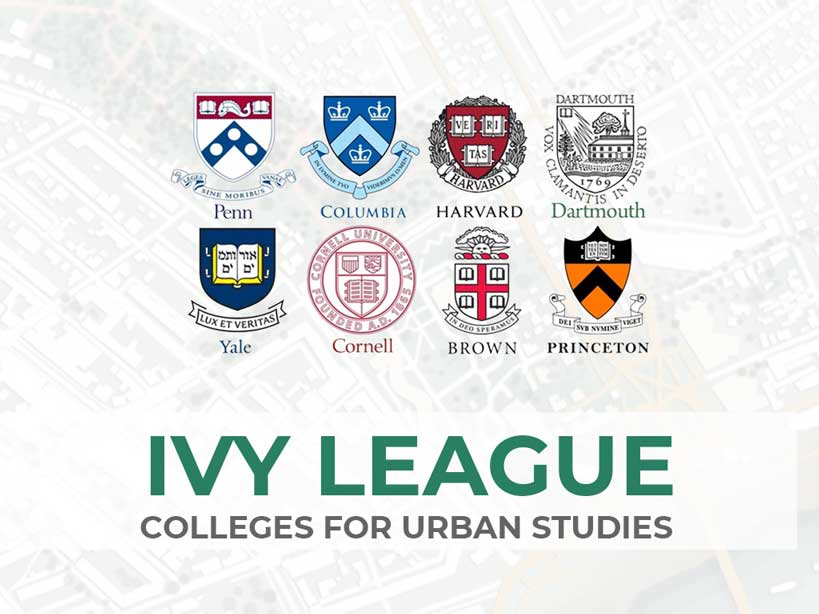





One Comment
Despite covering over 70% of the Earth, access to clean water remains a critical global challenge. With 29% of people lacking safely managed drinking water, the repercussions are severe, impacting health, agriculture, and sanitation. Urgent action is needed to improve infrastructure and ensure safe water for all.